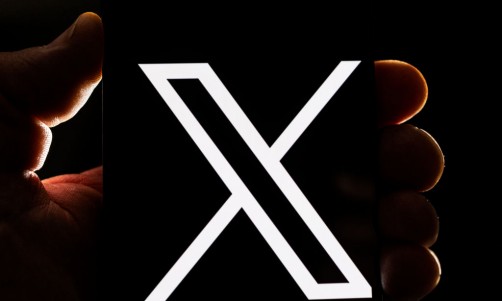
With Google Meet, we have the flexibility to make video calls from practically any location and on any device.
You also have the option to blur or replace the background in real time. However, there are some drawbacks to this technology since occasionally, some of the background still peeks through.
The good thing is that in order to prevent your concealed background from accidentally showing through, Google is now making these real-time effects less resource-intensive and enhancing edge detection.
Google Meet Web Update
A pair of updates from Google are currently being rolled out to Meet on the web, which increase accuracy and reduce the performance impact of background effects, according to a news story by 9to5Google.
More details on these enhancements will be discussed below.
Improved Cloud-Based Processing
Even though they technically support Meet, some laptops and other devices might not have enough processing power to render the real-time background effects.
In light of this, cloud-based processing has been enhanced for Meet on the web. According to Android Police and 9to5Google, Google claims that Meet will automatically adapt to your device and switch between on-device and cloud-based effect processing so that you don't experience any hiccups.
For systems with 4-core CPUs or less, cloud-based processing is given priority. The CPU on your device may have to perform 30% less work as a result of this change, and laptop batteries may last longer.
Better Background Effects
The background blur, background replacement, and immersive background effects on Google Meet web are now more precise thanks to "improved background and foreground separation."
Meanwhile, real-time background replacement options in Google Meet include static images that may be customized, looping videos, static photos with different degrees of blur, and the recently introduced immersive background alternatives.
If wires, headphones, headgear, or eyewear were in the foreground, you would have observed the edge detection failing. For the time being, Google claims that this technology has been improved for Meet on the web, at least in terms of the background blur and light modification options. The background replace options will eventually receive the updates.
To visually see the improvement, you can head to this link.
Read More: Google Meet Now Live Shares Spotify Music, YouTube Videos, Games - Here's How it Works
Who Are Eligible to Receive These Updates
On your next Meet conference, you might notice the improved background-foreground separation and cloud-based processing for backgrounds and visual effects. The modifications have already been handed out to eligible customers.
It should be noted that cloud-based processing isn't accessible to users with personal Google accounts because it is primarily targeted at Google Workspace and Enterprise clients in specific countries.
According to Google, these are the availability options for the update:
Improved background and foreground separation
-
This feature is available to all users on eligible devices.
Cloud-based processing
-
Customers of Google Workspace Business Standard, Business Plus, Enterprise Standard, Enterprise Plus, and Workspace have access to this feature.
-
The update is only available to users in the following regions: Northern America, Europe, Northern Africa, Central Asia, and Southeastern Asia on compatible devices.
-
Customers of the legacy G Suite Basic and Business as well as Google Workspace Essentials, Business Starter, Enterprise Essentials, Education Fundamentals, Education Plus, and Frontline are not eligible for this update.
-
This update is not available to users with personal Google Accounts
Related Article: You Can Now Livestream Google Meet Meetings on YouTube










